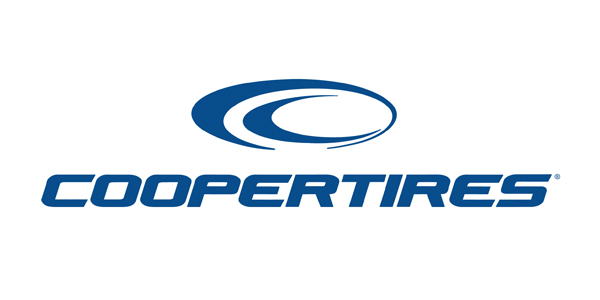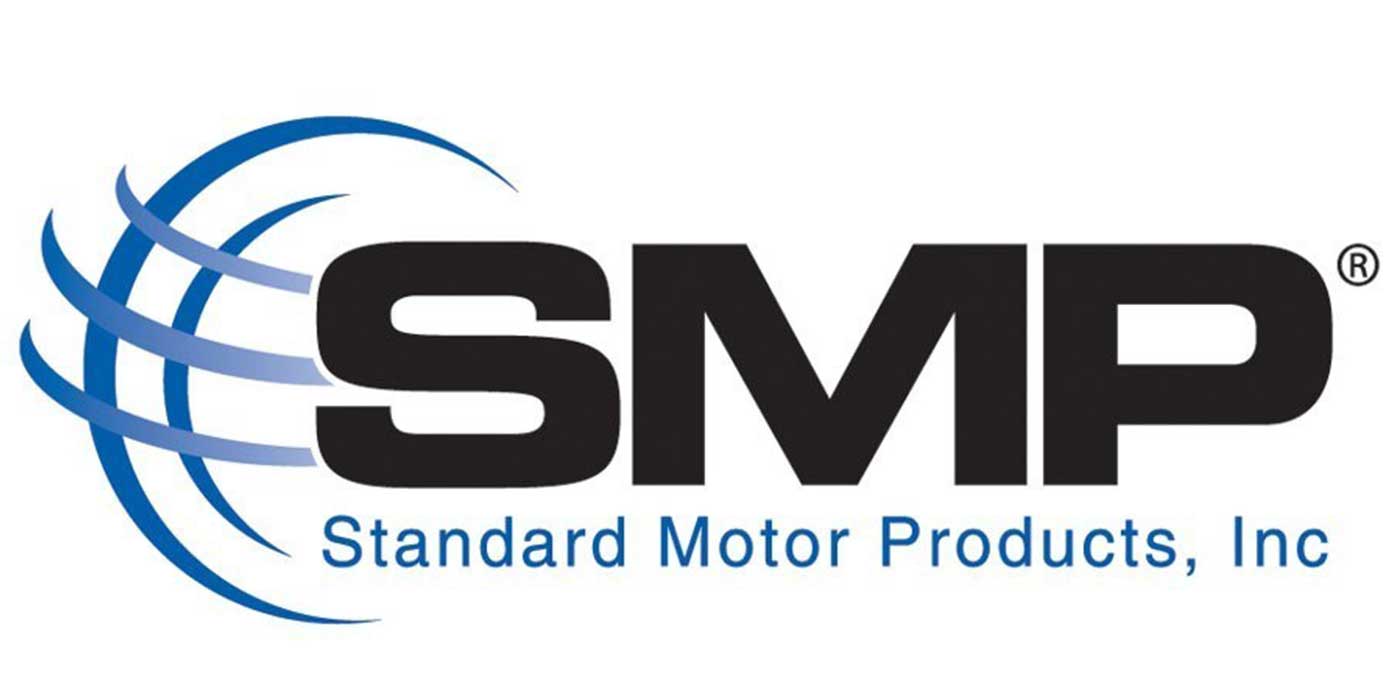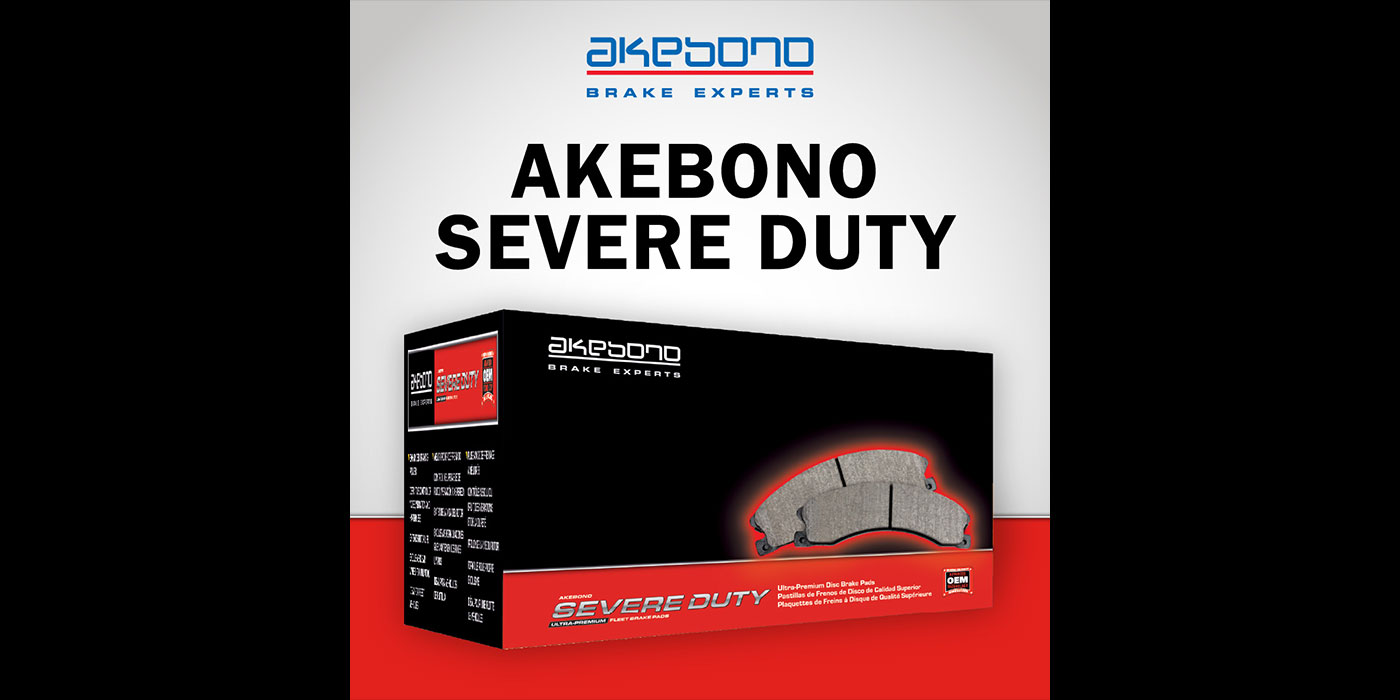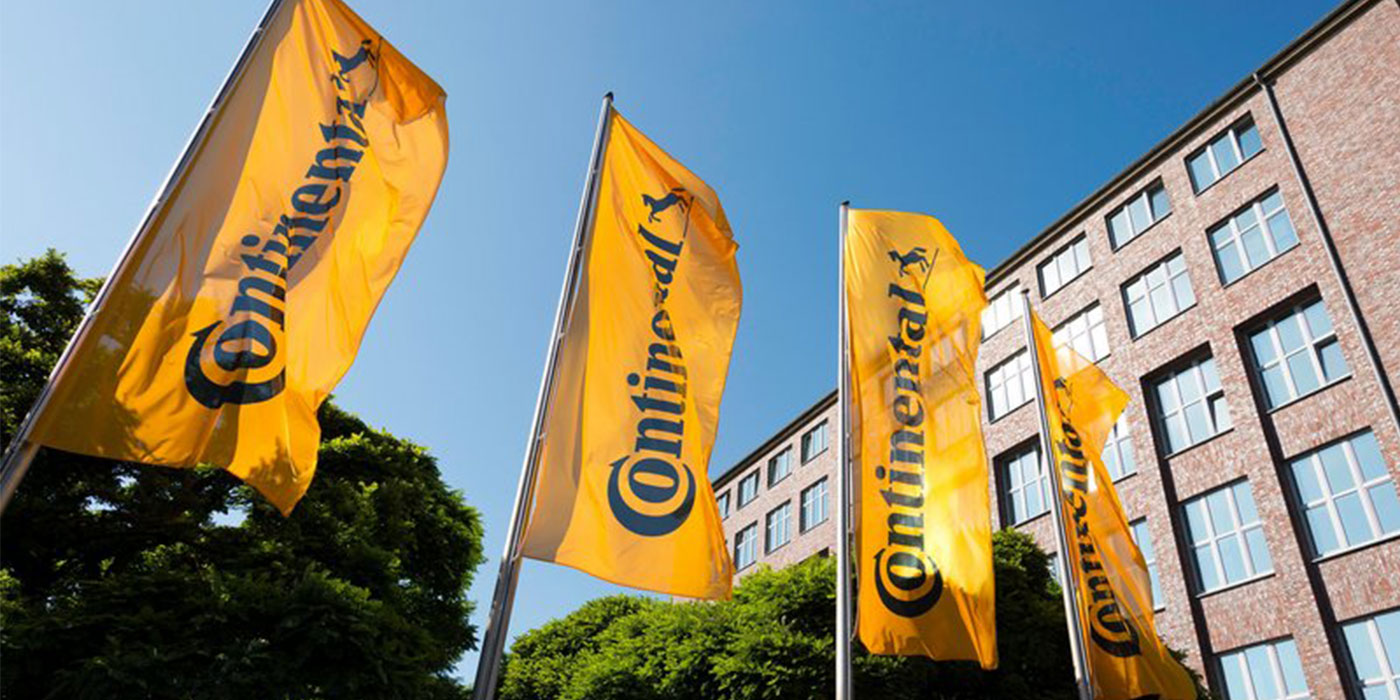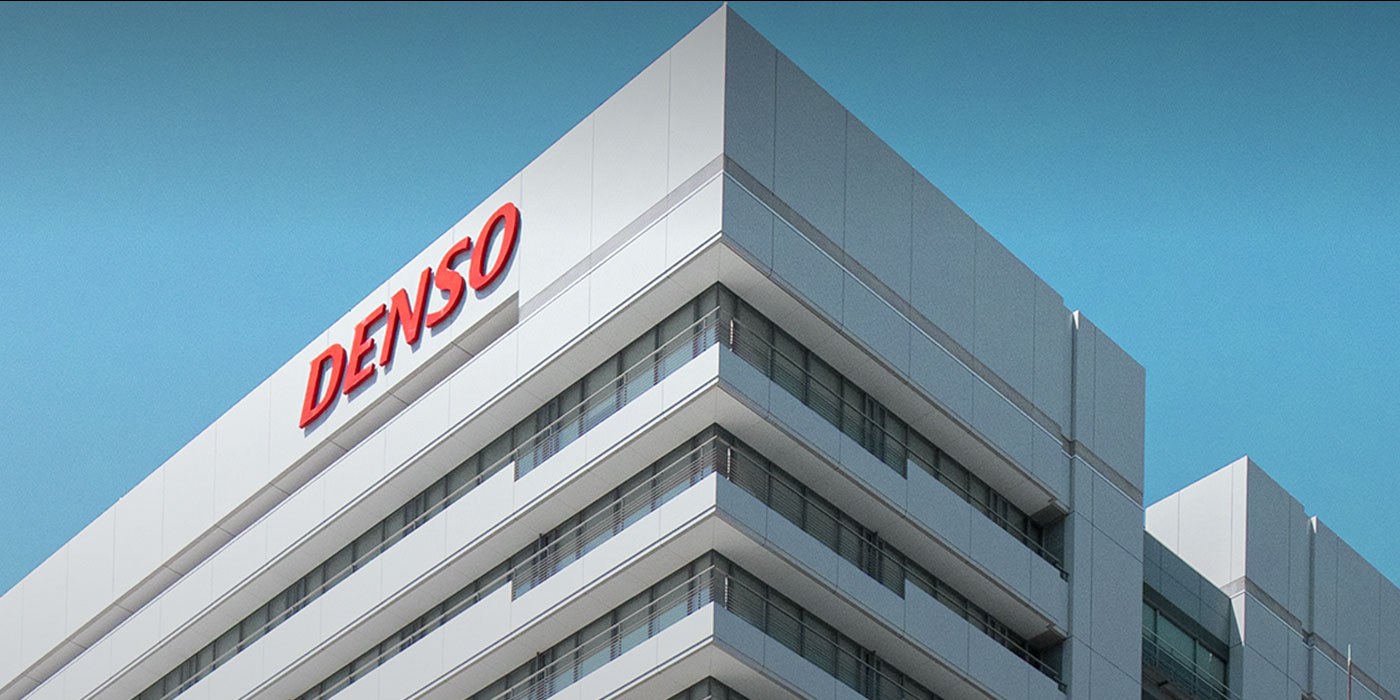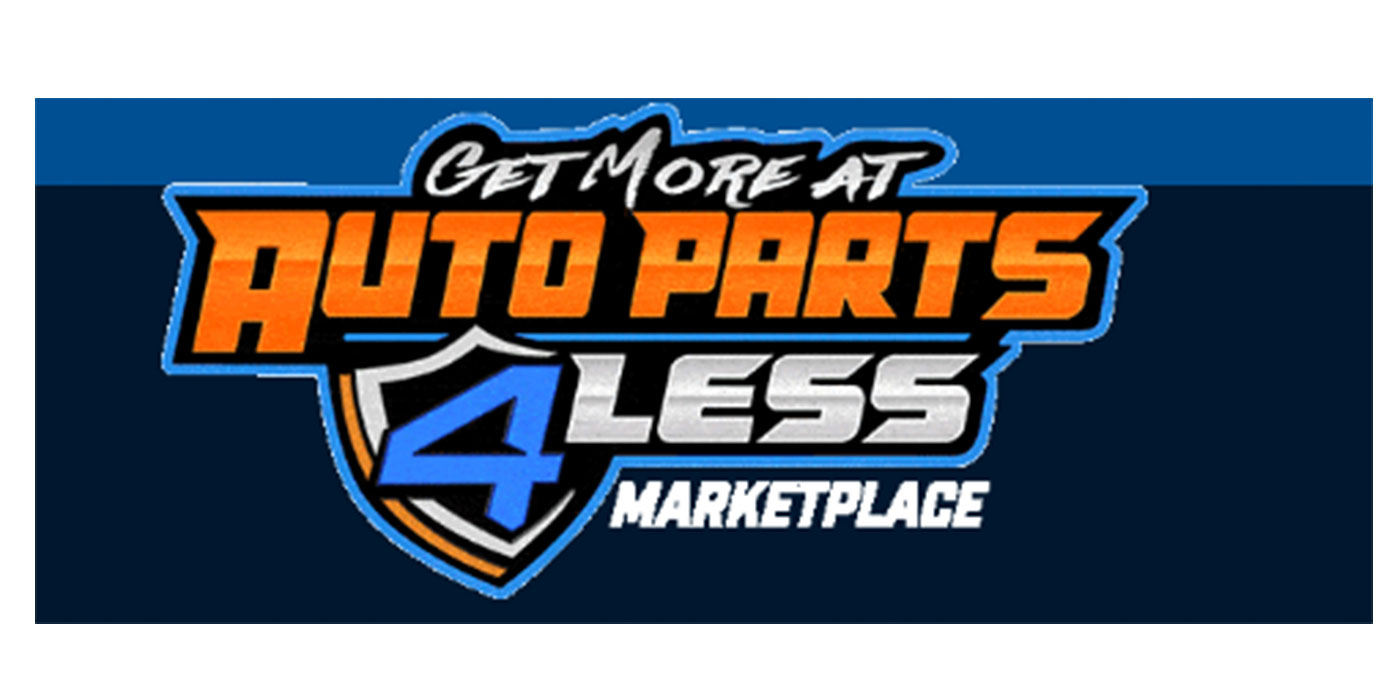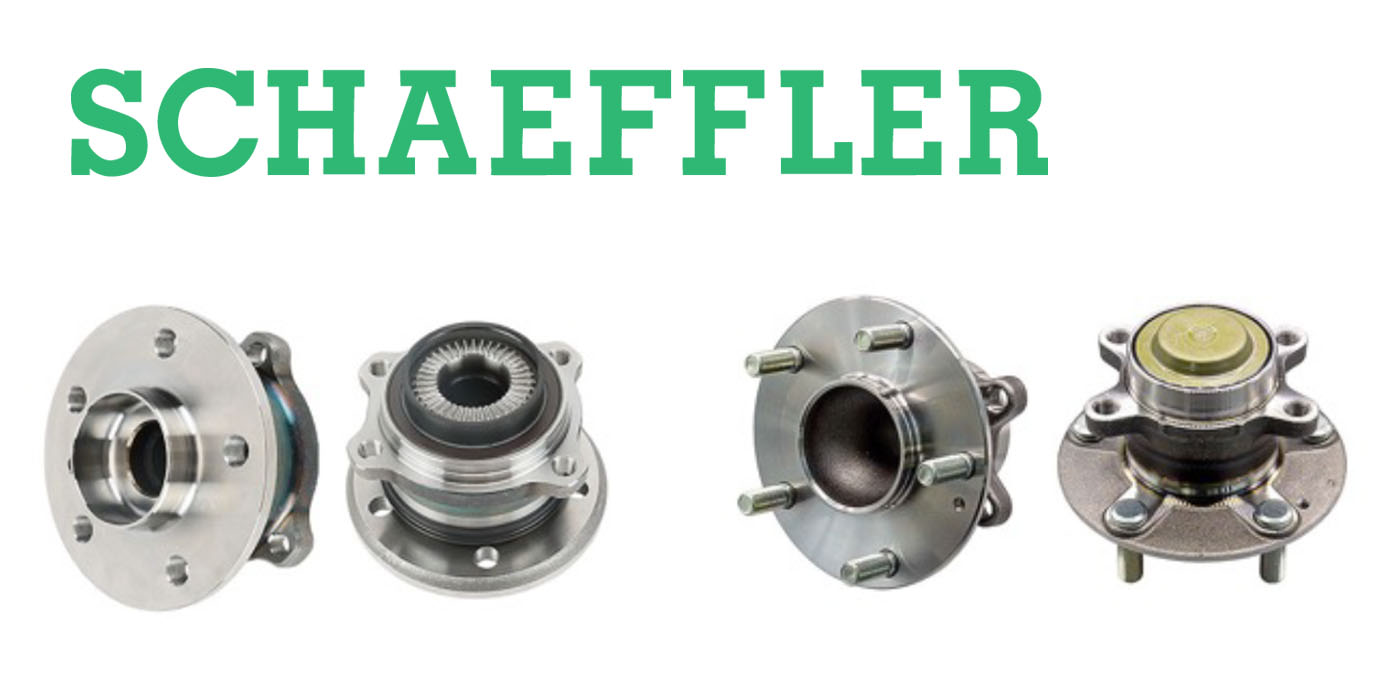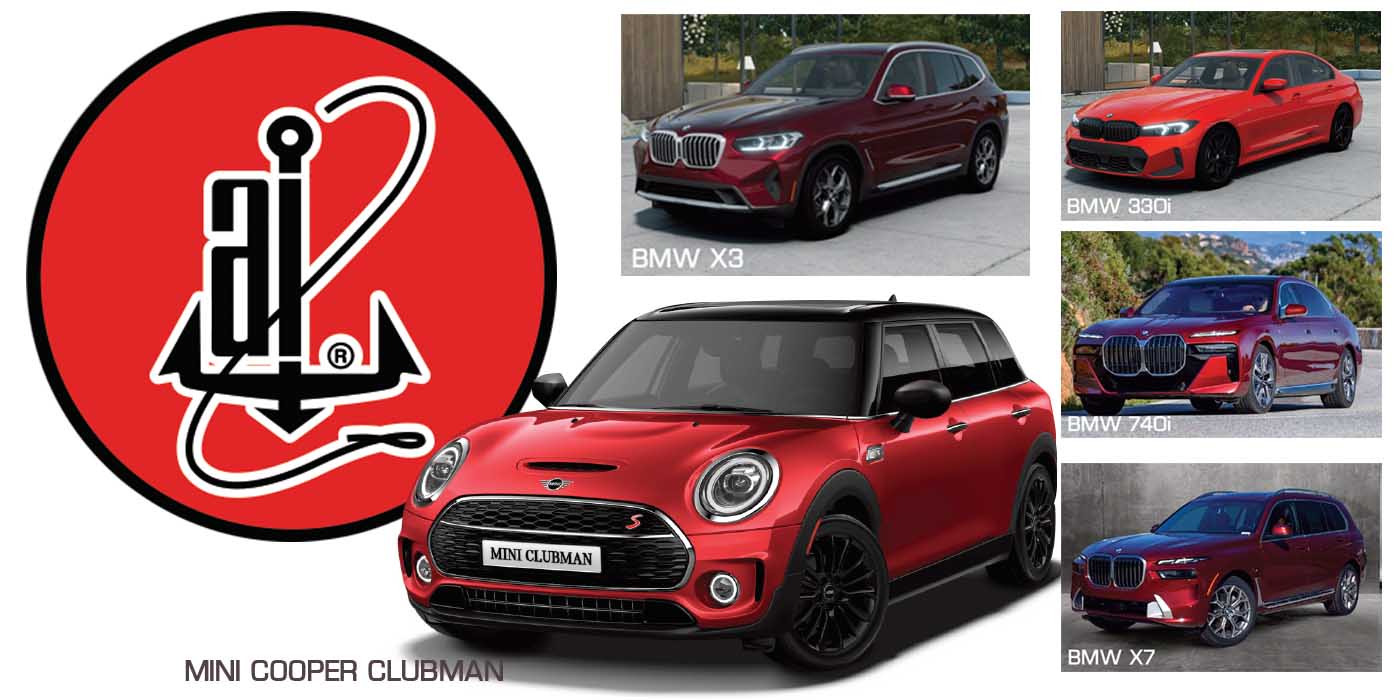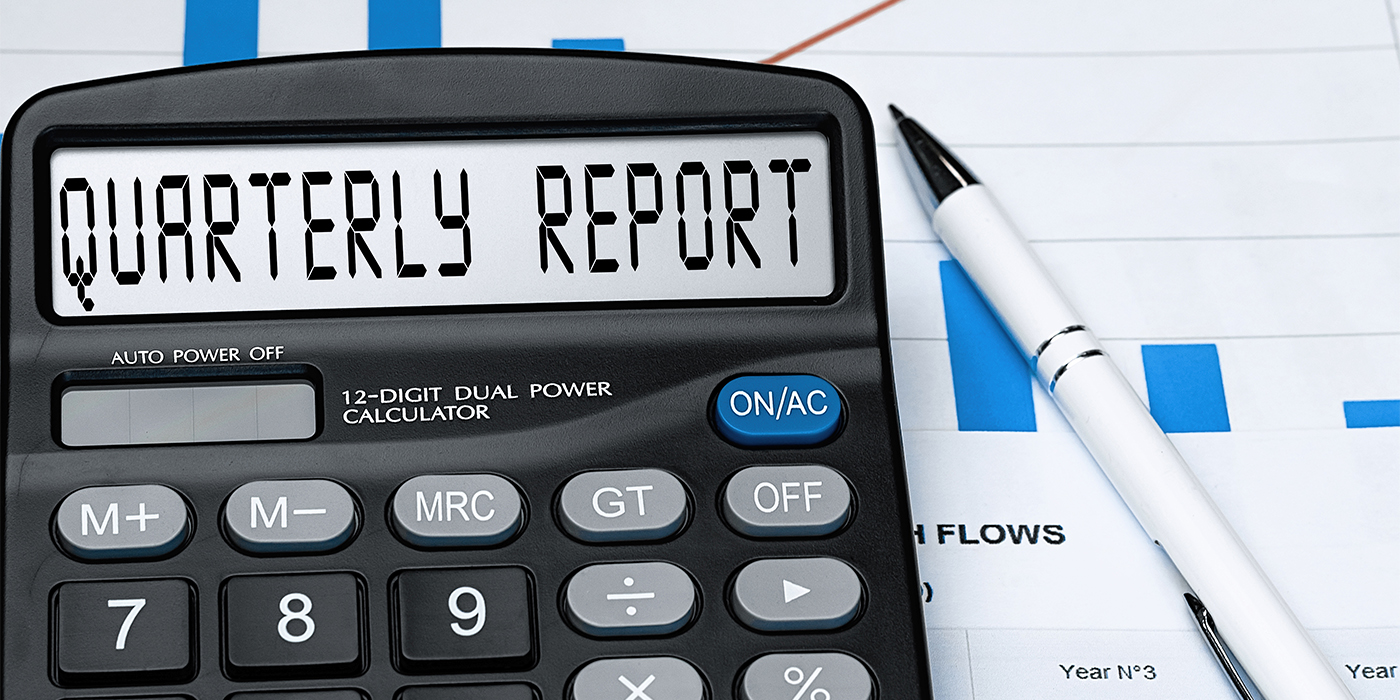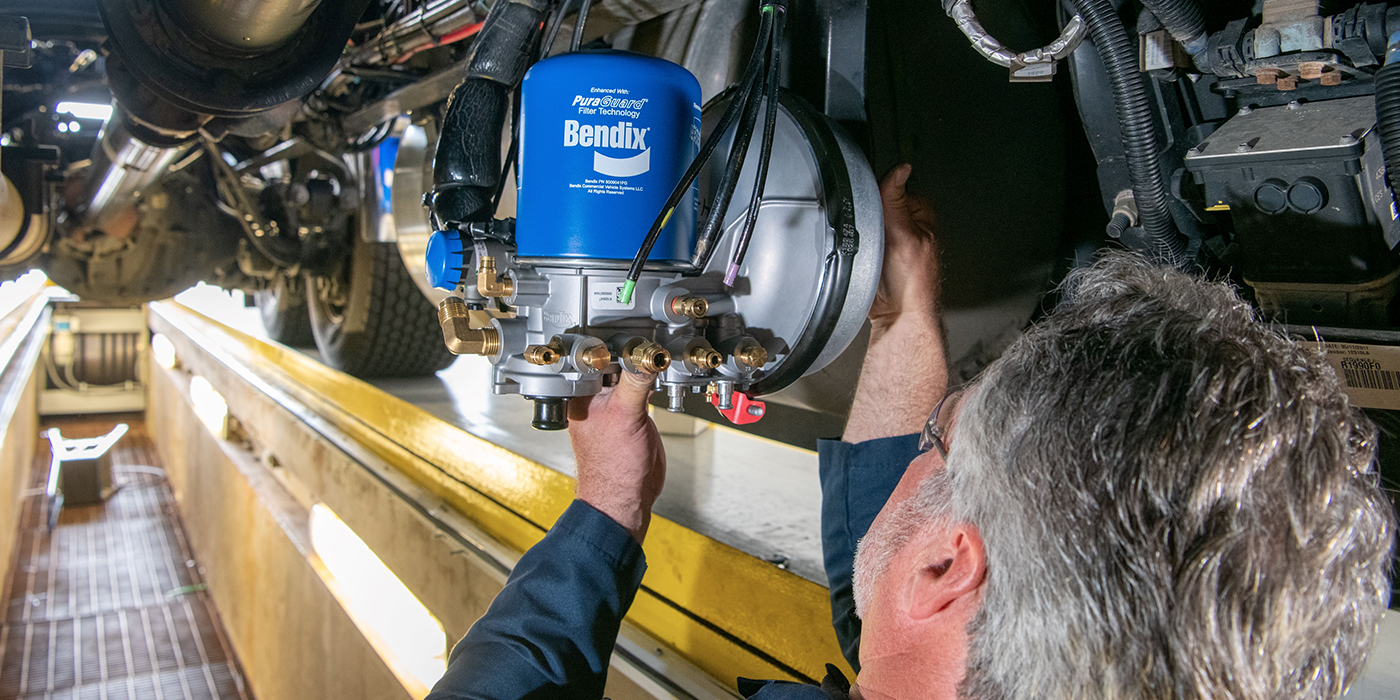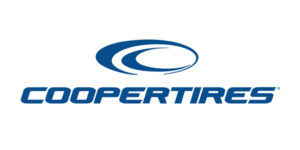 Cooper Tire & Rubber Co. has reported first quarter 2017 net income of $31 million, or diluted earnings per share of 57 cents, compared with $59 million, or $1.05 per share, last year.
Cooper Tire & Rubber Co. has reported first quarter 2017 net income of $31 million, or diluted earnings per share of 57 cents, compared with $59 million, or $1.05 per share, last year.
First quarter net sales were $643 million, a decrease of 1 percent compared with $650 million in the first quarter of 2016. First quarter net sales were negatively impacted by $11 million of lower unit volume and $9 million of negative foreign currency impact, partially offset by $13 million of favorable price and mix, primarily due to net price increases related to higher raw material costs. Overall, Cooper’s first quarter unit volume was up 2.9 percent year over year. Unit volume in the Americas segment was down 7.4 percent, driven by a decrease of 9.3 percent in North America. This was more than offset by strong unit volume performance in the International segment, which was up 31.4 percent.
First quarter 2017 operating profit was $49 million compared with $91 million for the same period last year. Operating profit decreased as a result of $42 million in unfavorable raw material costs, net of price and mix, $10 million of higher manufacturing costs, $5 million lower unit volume, $3 million of higher other costs, including certain tornado damage expenses, $2 million of negative foreign currency impact and $2 million of unfavorable SG&A. These higher costs were partially offset by the $22 million reversal of preliminary TBR tariffs, which were incurred in 2016. Ongoing tariff costs are included in raw material costs in the quarter when incurred.
Higher manufacturing costs were driven by increases in the Americas segment primarily related to lower production volumes due to the decline in unit volumes year over year.
At quarter end, Cooper had $365 million in cash and cash equivalents, compared with $434 million at the end of the same period last year. Capital expenditures in the first quarter were $45 million compared with $36 million in the same period last year.
“As anticipated, the first quarter was impacted by a dramatic increase in raw material costs. For Cooper, which is on the LIFO accounting method in the U.S., increased raw material costs reduced profits by $50 million, which was partially offset by price and mix improvements of $8 million. In addition, U.S. unit sales volume was down as a result of the timing of price increases and aggressive promotional activity by competitors, as well as overall weaker industry sell-out volumes. We incurred higher manufacturing costs in North America as we managed our inventory levels by reducing production. On the positive side, our U.S. TBR volume was up 32 percent, Latin America region unit volume was up nearly 16 percent, and International segment volume was up 31 percent. Combined, global unit volume increased nearly 3 percent year over year, and we generated a 16.6 percent return on invested capital for the trailing four quarters. We believe Cooper is well positioned as we head into the remainder of 2017,” said Cooper President and CEO Brad Hughes.
“Going into the second quarter, our inventory levels are in good shape and raw material costs have begun to level off. We expect pricing to continue to adjust to the new raw material cost environment and promotional activity to continue. Our U.S. unit volume should improve relative to the industry and we anticipate that our March price increases will deliver more benefit with a full quarter’s impact.
“For the second half of the year, we anticipate that the industry environment will stabilize and that our U.S. unit volume will be in line with the industry, helping Cooper achieve the high end of our 8 to 10 percent operating profit margin range for the full year. We are pleased with the unit volume growth in our International segment and are actively addressing the opportunities we have to improve unit volume in the U.S. With our strong business model, great teams around the world, and our global manufacturing footprint, Cooper remains well positioned to continue to succeed across a wide range of business conditions.”

